Hanni and Bobbie: Two Award-Winning Guide Dogs
August 10, 2009 • 5 Comments • Posted in guide dogs, Uncategorized, Writing for Children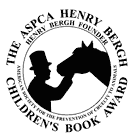 Last Friday Bark Magazine sent me the link to a story in the Daily Telegraph about a blind Border Collie who has his own guide dog.
Last Friday Bark Magazine sent me the link to a story in the Daily Telegraph about a blind Border Collie who has his own guide dog.
Black and white hound Clyde is totally blind and relies on his partner and fellow collie Bonnie to guide him everywhere.
She stays inches from Clyde’s side while guiding him on walks or to food or water, and lets him rest his head on her haunches whenever he becomes disorientated.
The blog editor at Bark wondered if I had anything interesting to say about the story. “If so,” she wrote, “would you be willing to write a guest blog for us about it?”
I was tempted to write something about training Hanni to let me rest my head on her haunches when I become “disorientated,” but I resisted. The post I ended up writing is titled Guide Dogs for Cats and Dogs? and was published on their web site this morning. A few paragraphs from the Bark blog post :
I’ve heard a number of stories about dogs acting as guides for blind animals. One news story—about a dog who guided a blind cat to safety after Hurricane Katrina—was even made into a children’s book.
I learned about Two Bobbies: A True Story of Hurricane Katrina, Friendship, and Survival at the ASPCA Henry Bergh Childrens Book Award ceremony last month. Named in honor of ASPCA founder Henry Bergh, the award honors books that “promote the humane ethic of compassion and respect for all living things.”
Unable to resist an opportunity for shameless self-promotion, at this point in the Bark blog I point out that my own children’s book won a Henry Bergh children’s Book award in 2008.
As difficult as it was to give up our crown, Hanni and I were thrilled to learn we’d be handing it over to the likes of Two Bobbies.
The post goes on to describe the newest Henry Bergh book award winner:
During Hurricane Katrina, evacuating New Orleans residents were forced to leave their pets behind. Bobbi the dog was initially chained to keep her safe, but after her owners failed to return, she had to break free. For months, Bobbi wandered the city’s ravaged streets, dragging her chain behind her, followed by her feline companion, Bob Cat. After months of hunger and struggle, the two Bobbies were finally rescued by a construction worker helping to rebuild the city. When he brought them to a shelter, volunteers made an amazing discovery about the devoted friends—Bob Cat was actually blind! He had survived the aftermath of the storm by following the sound Bobbi’s chain made as she dragged it along the ground.
You can read the Guide Dogs for Cats and Dogs? post in its entirety
at Bark’s Dogblog. Enjoy!
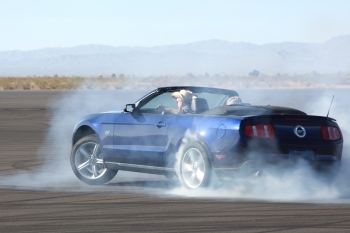
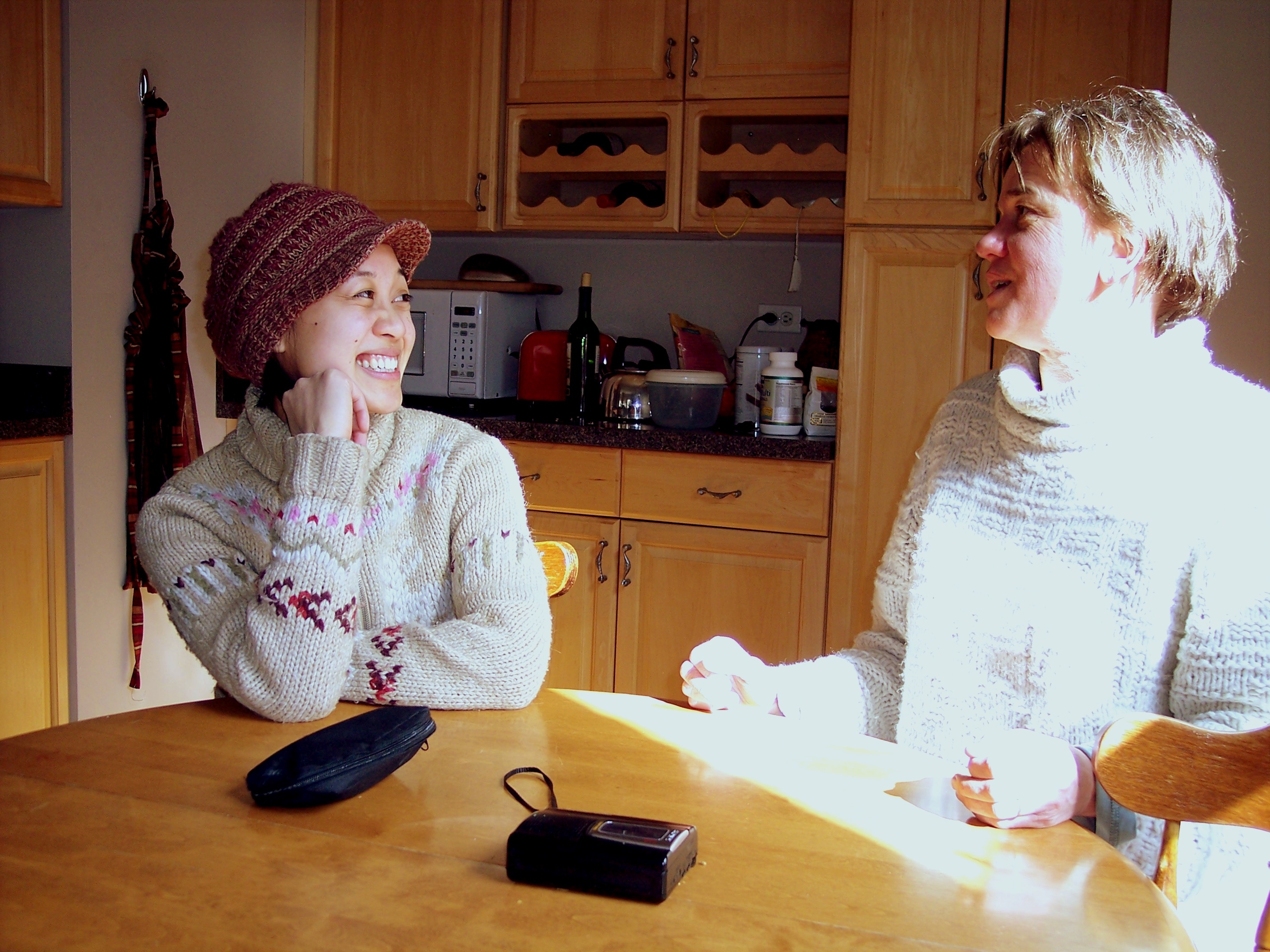
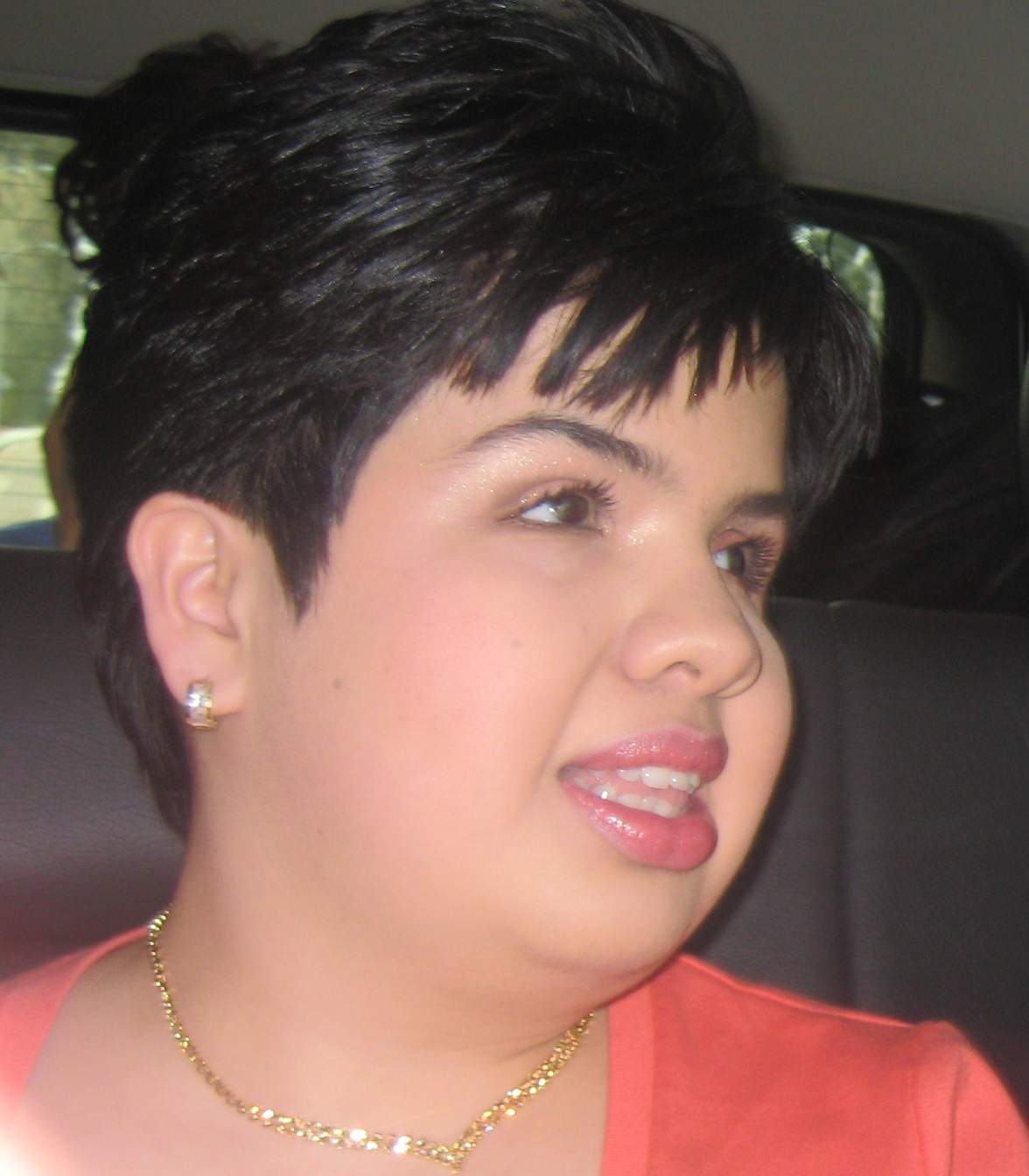
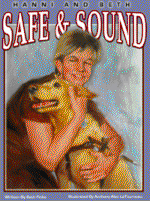
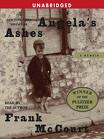
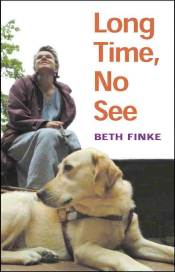
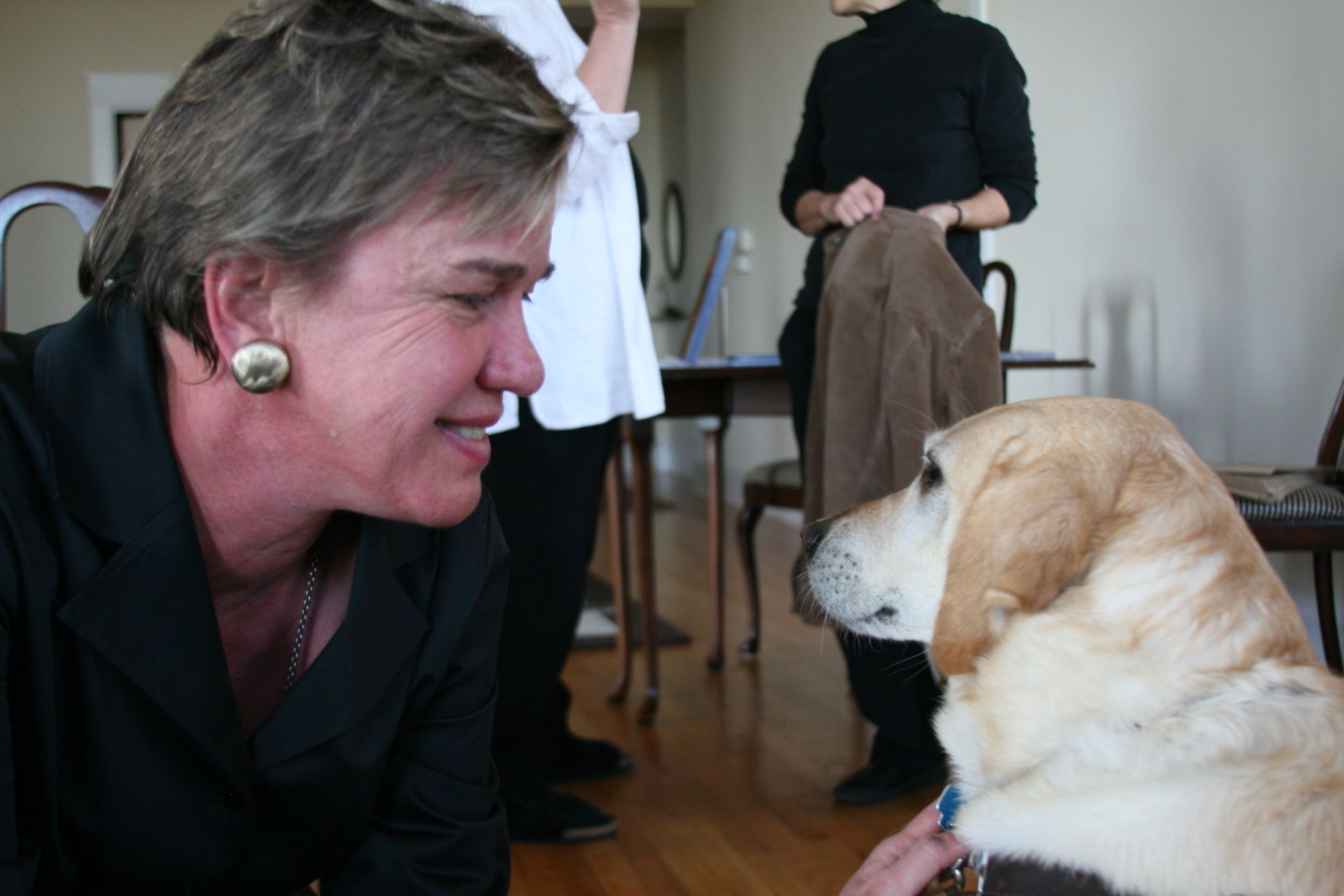
![bethaspca[1] Signing books at the ASPCA booth.](https://bethfinke.com/wp-content/uploads/2009/07/bethaspca11.jpg?w=150)